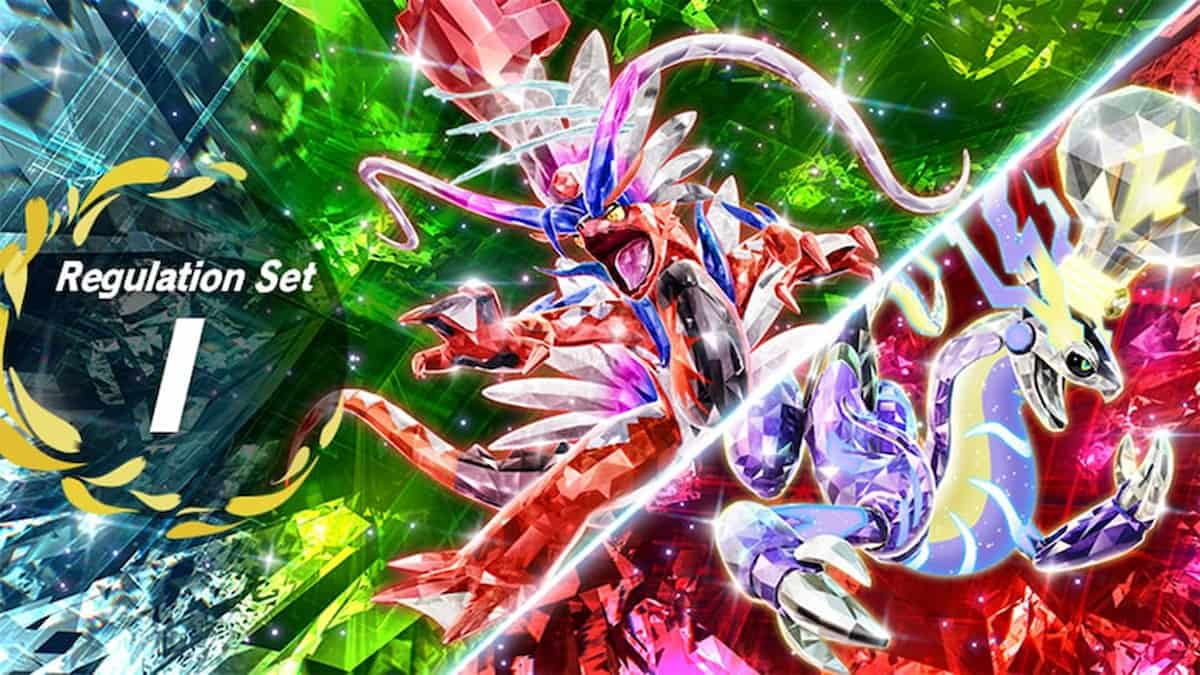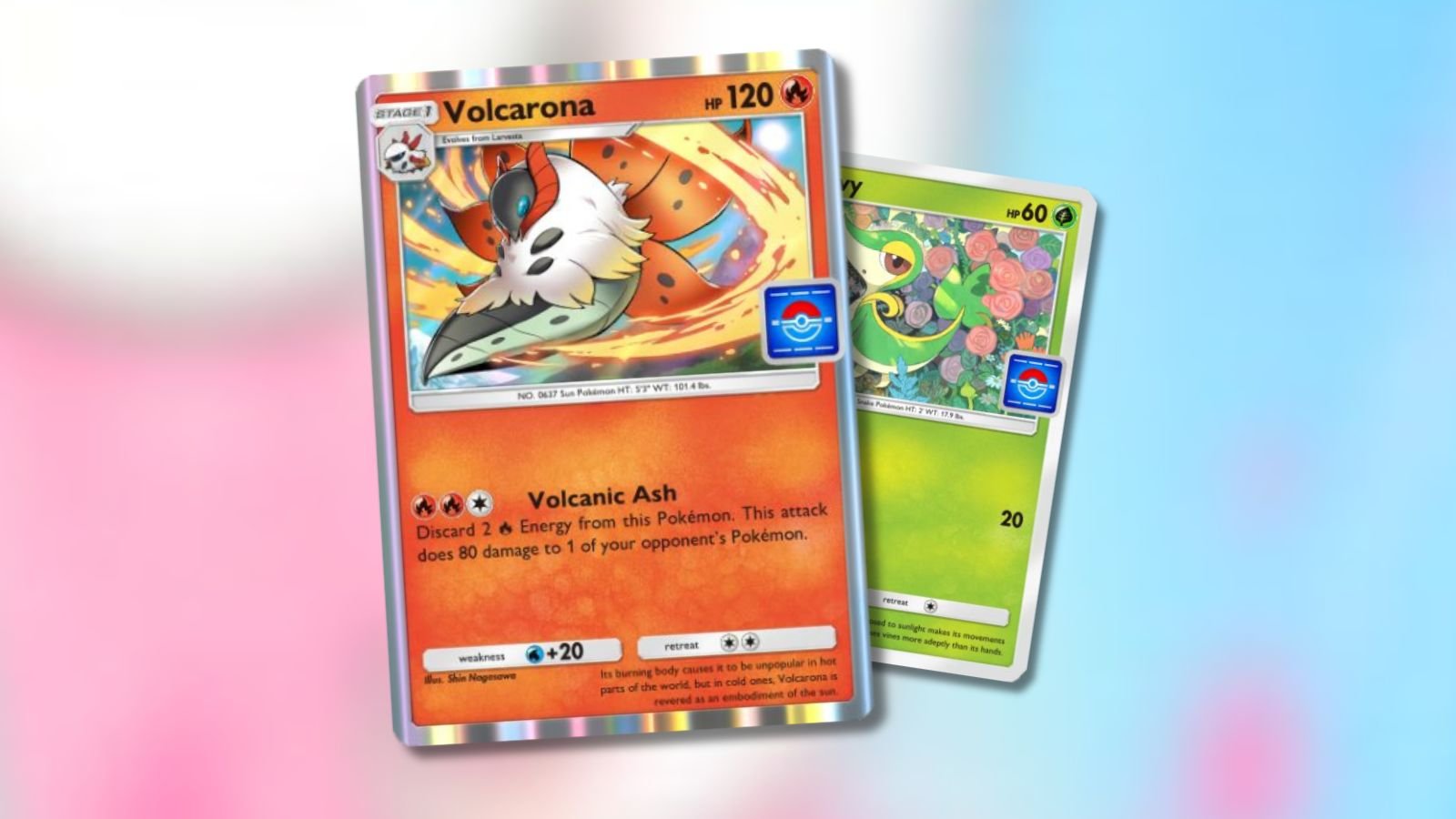While Pokémon‘s rock-paper-scissors-type matchups may seem simple, there’s a lot of depth underneath the surface. If completing the Pokédex is your goal, you won’t need to worry about types and type matchups. But if you’re looking to join tournaments or raids, knowing the strengths and weaknesses of each Pokémon is paramount.
Each Pokémon has a type that’s based on its habitat and core design. All types have a weakness against others. The moves that are available to a Pokémon through leveling up, move tutors, TMs, and other methods depend heavily on their type and design. Each move also has a type, leaving room for roster crafting beyond a Pokémon’s base types. While some Pokémon only have a single type, there are dual-type Pokémon as well.
With that being said, how many of these types are there?
Pokémon type list
There are a total of 18 Pokémon types in the franchise. In no particular order, they are:
- Bug
- Dark
- Dragon
- Electric
- Fairy
- Fighting
- Fire
- Flying
- Ghost
- Grass
- Ground
- Ice
- Normal
- Poison
- Psychic
- Rock
- Steel
- Water
Pokémon started out with 15 types in generation one. In generation two, developer Game Freak added Steel and Dark specifically to counter Psychic-types, which had run amok in the previous games. The type list went unaltered until generation six when Game Freak added Fairy to the roster to counter Dragon-types and even out the strengths and weaknesses of the other 17 types.
If you’re putting together an elite squad of Pokémon, you’ll need to research which types are best suited to the strategy you want to use and how you can cover for their weaknesses. Though it may seem unnecessary and like extra work at first, doing your homework can allow you to ace your battles efficiently, saving you some time.
All trainers have their favorite Pokémon, but it’s also essential to have a healthy roster, meaning you should spend resources on training Pokémon from types you don’t have any representatives for. You can still prioritize your favorite Pokémon, but having multiple top-tier Pokémon with diverse types and move types at your disposal will be beneficial when you need to get through tough battles.
If and when a new type is introduced to the franchise in the future, players may need to do additional research to see how Pokémon from existing types stack up against the Pokémon from new types.












Published: Jan 10, 2023 04:45 pm